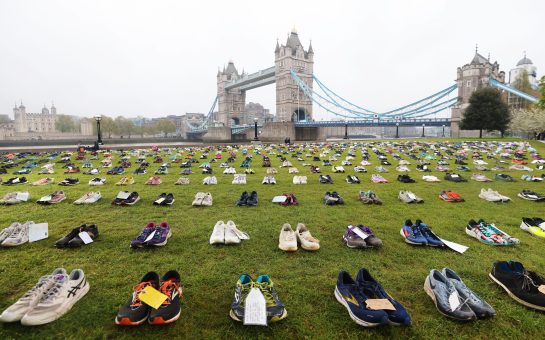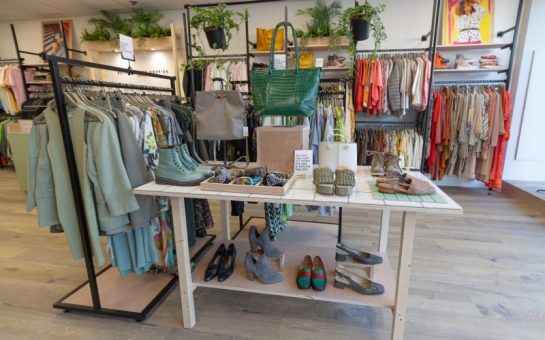Leaders of Merton’s London Borough of Culture bid embarked on a road trip to reveal the area’s rich cultural history.
The trip, organised by Merton’s bid chairman John Merriman, went from east to west and stopped at various cultural locations including the Baitul Futuh Mosque and Merton Abbey Mills on January 8.
Mr Merriman explained he had encountered a diverse range of cultures to support Merton’s bid to become the inaugural winner of the Mayor’s new award, which aims to put culture at the heart of the community and bring Londoners together.
He said: “We saw first-hand what Merton culture looks like and it could not be more varied.”
He added: “In the mosque, it’s like a completely different ecosystem, it’s like you have landed somewhere totally different.”
Baitul Futuh Mosque liaison officer and secretary to the Ahmadiyya Muslim Association (AMA) Naseer Dean explained how Merton had always been a place where people from different cultures, especially those fleeing persecution, could come and feel safe to practise their beliefs in harmony with the community.
He said: “Of all the boroughs, I find Merton to be one of the most welcoming–it’s very harmonious, the crime rate’s very low and the community liaison is very good, it’s a nice place to live and also to be.
“And it’s not just because Wimbledon tennis is part of it, but also greater Merton–right across the entire borough.”
In spite of it being the poorer part of the borough, Mr Dean detailed how east Merton had a lot to offer in terms of cultural flavour and diversity.
He spoke of how the Baitul Futuh Mosque was among the nation’s most celebrated architectural feats, having featured in the Independent as one of the best places to visit in the UK.
He said: “And that’s why Merton deserves recognition; because exactly where the mosque is, in the poorer part of the borough, that’s where you’ve got the rich history of the UK–it’s a proud history.”
Mr Dean clarified how Merton’s historical tradition of welcoming persecuted people dated back to the 17th century, when the Huguenots settled in Wandsworth and Mitcham after fleeing French oppression from King Luis XIV.
He said: “Forget religious views, these people had nothing and were able to come here. Their communities flourished and Merton became part of that.
“And our community–the Muslim community–experienced a lot of persecution and large numbers have come here, just like the Huguenots did, and opened up businesses, their kids have become doctors and local teachers, adding value to the community.”
He added: “Abbey Mills is probably one of the earliest places where you saw culture come to London, and it flourished, and it’s still there to witness today.
“And from that, our community has also come, and the ethos for welcoming those from other cultures has allowed us to give something back to the community.”
In this spirit, Mr Dean explained a community-led project, involving both the Church, the Mosque and local football clubs, was working on a council proposal to take over the management and maintenance of a local park, so it could be maintained for the whole community and young people could play sport.
He said: “And that’s really what this part of Merton is all about; ten, twenty years ago it was not the case, but it’s really flourishing now and it’s a real success story for other London boroughs.”
Merton Abbey Mills market manager Peter Wallder said: “We are delighted to be involved in Merton’s cultural bid, and we are excited to be contributing with many events scheduled throughout the cultural year.”




